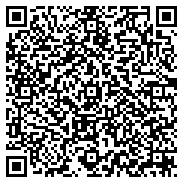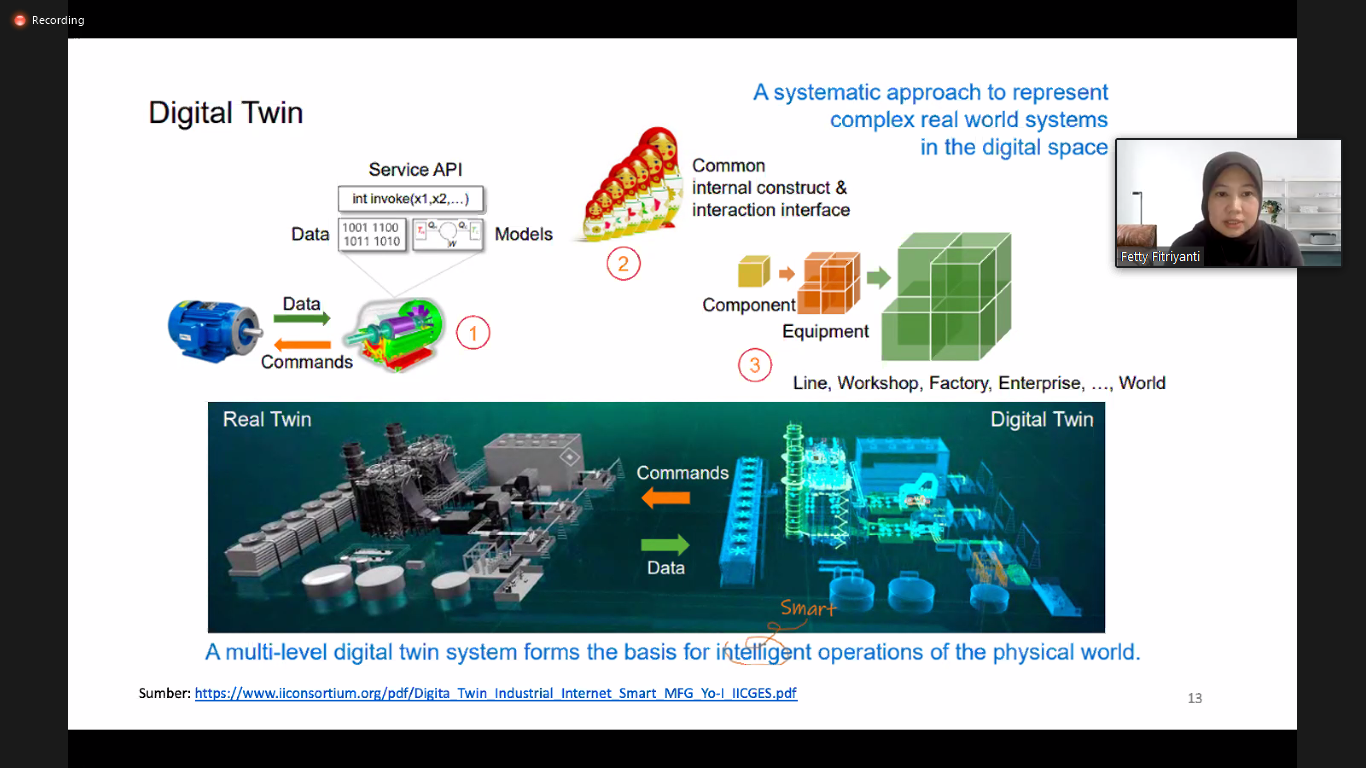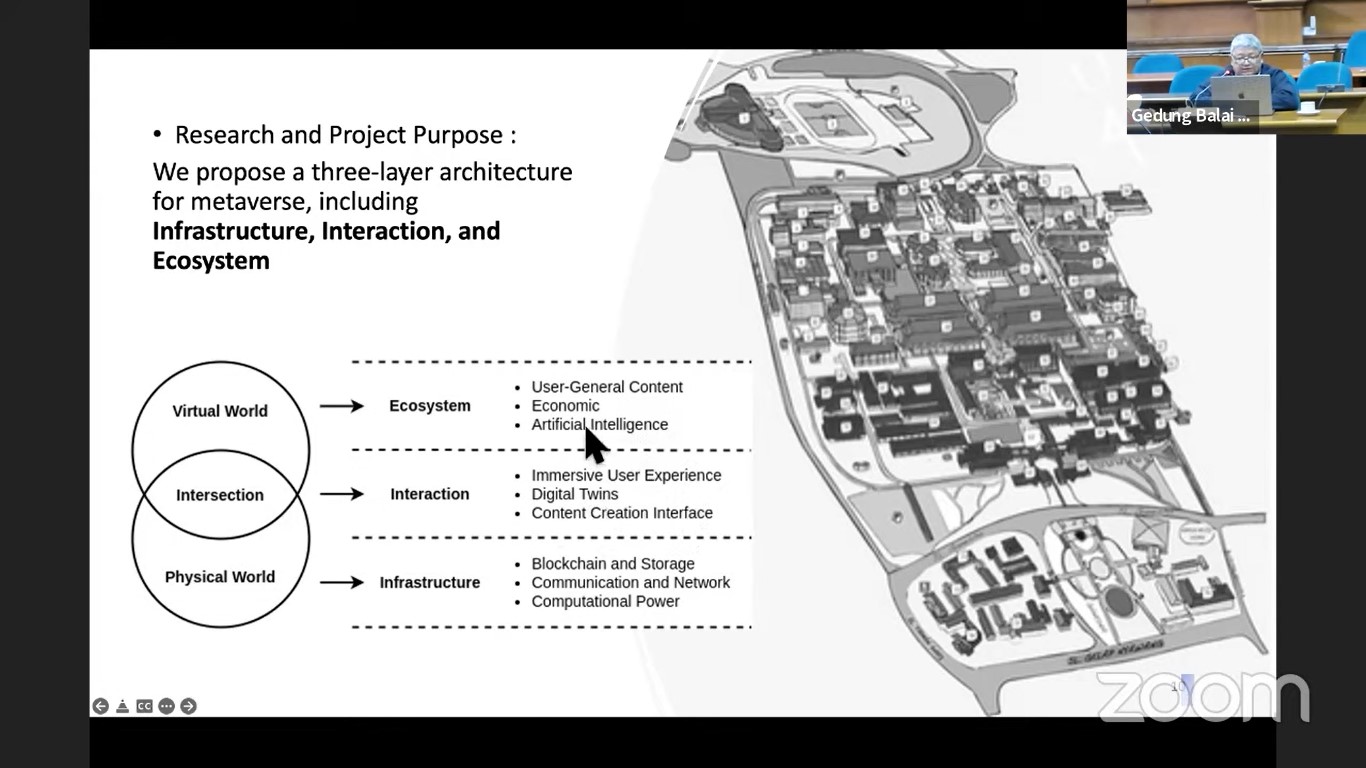Prof. Suhono On the Benefits of Digital Twin in Various Aspects

BANDUNG, itb.ac.id—Prof. Suhono Harso Supangkat, a professor from STEI ITB, explained digital twin as a data-based concept that can help us in data collection to make accurate predictions that lead to optimal decision making and affect the ecosystem productivity positively.
“Digital twin is something beyond IoT, big data, (and) AI, to make it possible for us to foresee the system better. The challenge now is how would we model, simulate, and act quickly on any events concretely," said Prof. Suhono, Head of the ITB City Innovation Center and Smart Community, in a webinar about digital twins.
Prof. Suhono then further explained generally the framework for digital twins research and development that ITB had done. The developed digitization concept transforms conventional processes into smart digital processes. Not only technology, Smartization is also processes and people. Thus, educating the nation's life today includes processes, technology, people, and data as infrastructure.
Technically, digital twin is the process of analyzing data in decision making through simulations and models. The data obtained and is possible to give feedback to the system. Later in the future, through digital twins, decision making will be possible to be done by not only humans, but also autonomously. These are the six levels of autonomy of a system. Prof. Suhono takes vehicle autonomy and organization that can be applied in a digital twin as the example.
PIKKC ITB smart system model is described with a closed flow diagram between real data and real conditions. The implementing this system is done to improve the quality of life and services. Furthermore, the digital twin is basically a living lab because all data is taken from real life which is integrated in a platform called the Integrated Smart System Platform (I-SSP). The digital twin concept development in the living lab system also includes preventive actions, such as an early warning system.
The digital twin implementation has been done in several aspects, like urban areas. All kinds of data that are captured by sensors, such as CCTV, will be an input for the city's digital system. The digital twin itself exists to synergize IoT, big data, and AI. This is called as a challenge to accelerate digitalization efforts in various fields in Indonesia. Artificial Intelligence (AI) in urban areas works as part of the analysis in the digital twin. AI is utilized to recognize city activity, analyze the city in real time and interactively, and optimize the city’s infrastructure.
Generally, the digital twins development has started on 2002 and is becoming an integral part when we discuss about a technology ecosystem. Digital twin is important because it includes model, control, uniqueness, data, monitor, simulation, and analysis. Furthermore, digital twins make it possible for us to obtain past data in the form of historical performance, real time data, and future data in the form of predictions as decisions in order to solve problems in manufacturing, health, and other fields.
Starting from June 2021, several programs related to digital twins have been implemented by ITB, such as online seminars, international conferences, and internship programs, varying from smart cities, smart building, safe and secure, to smart farming. ITB also develops digital twin safe and secure Teman Jabar. Further, in collaboration with the Department of Highways and Spatial Planning of West Java Province, ITB has also developed a roadworthiness analysis system in West Java Province to help relevant agencies to repair roads as quickly as possible.
In the smart building field, various services are available, such as safety, maintenance, energy saving, design, simulation, and acting predictions for the comfort of living in the building. ITB is also developing a digital twin in term of rail transportation. All this services are still in the data collection stage before creating an integrated system.
“We are still growing and we are open for researchers to join the Smart City and Community Innovation Research Center. Let us build a smart community with data as the driver in our lives together," Prof. Suhono said.
Reporter: Mirmanti Cinahya Winursita (Perencanaan Wilayah dan Kota, 2019)
Translator: Tamara Maharani Alamsyah (Seni Rupa 2020)

scan for download





